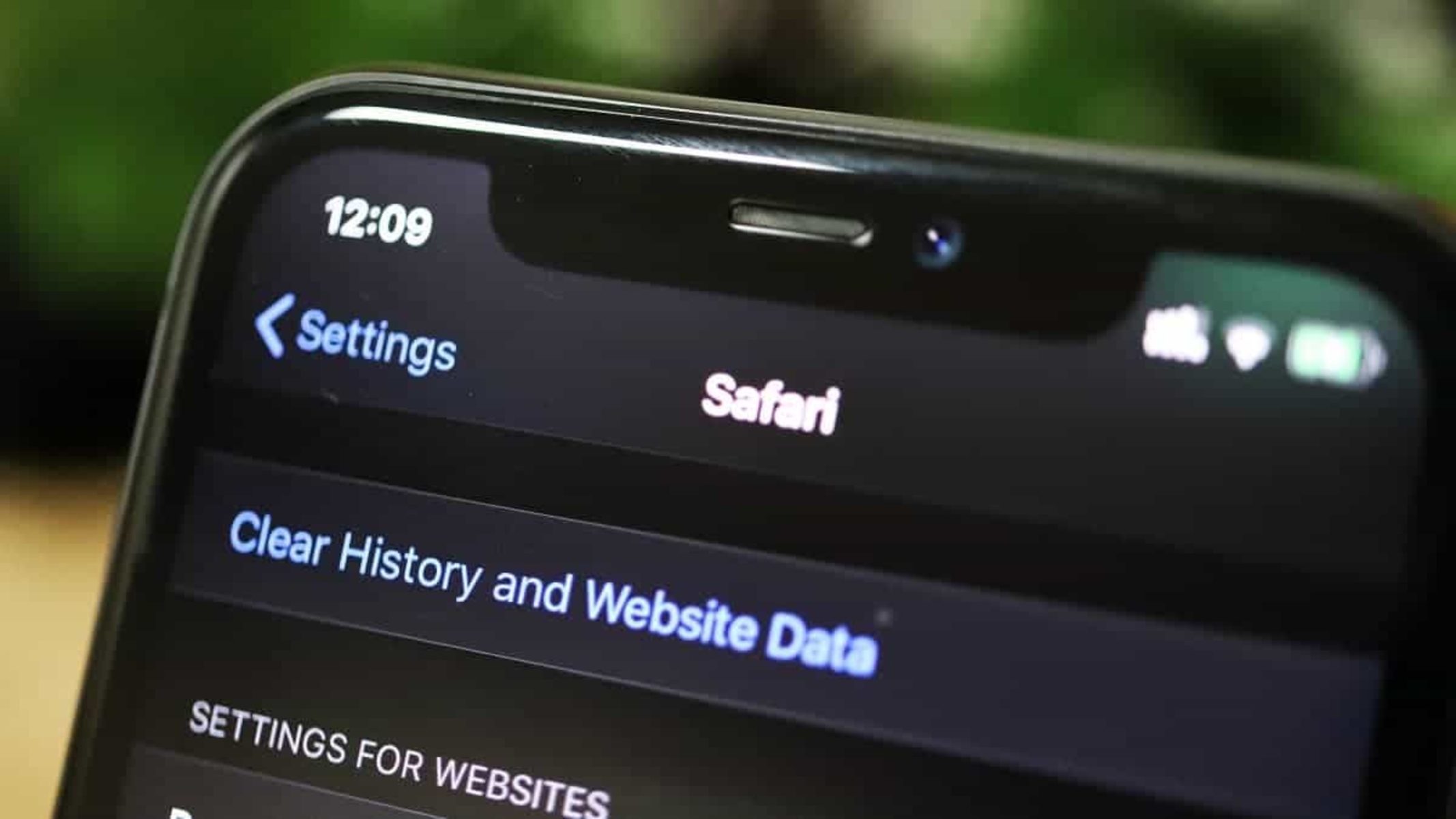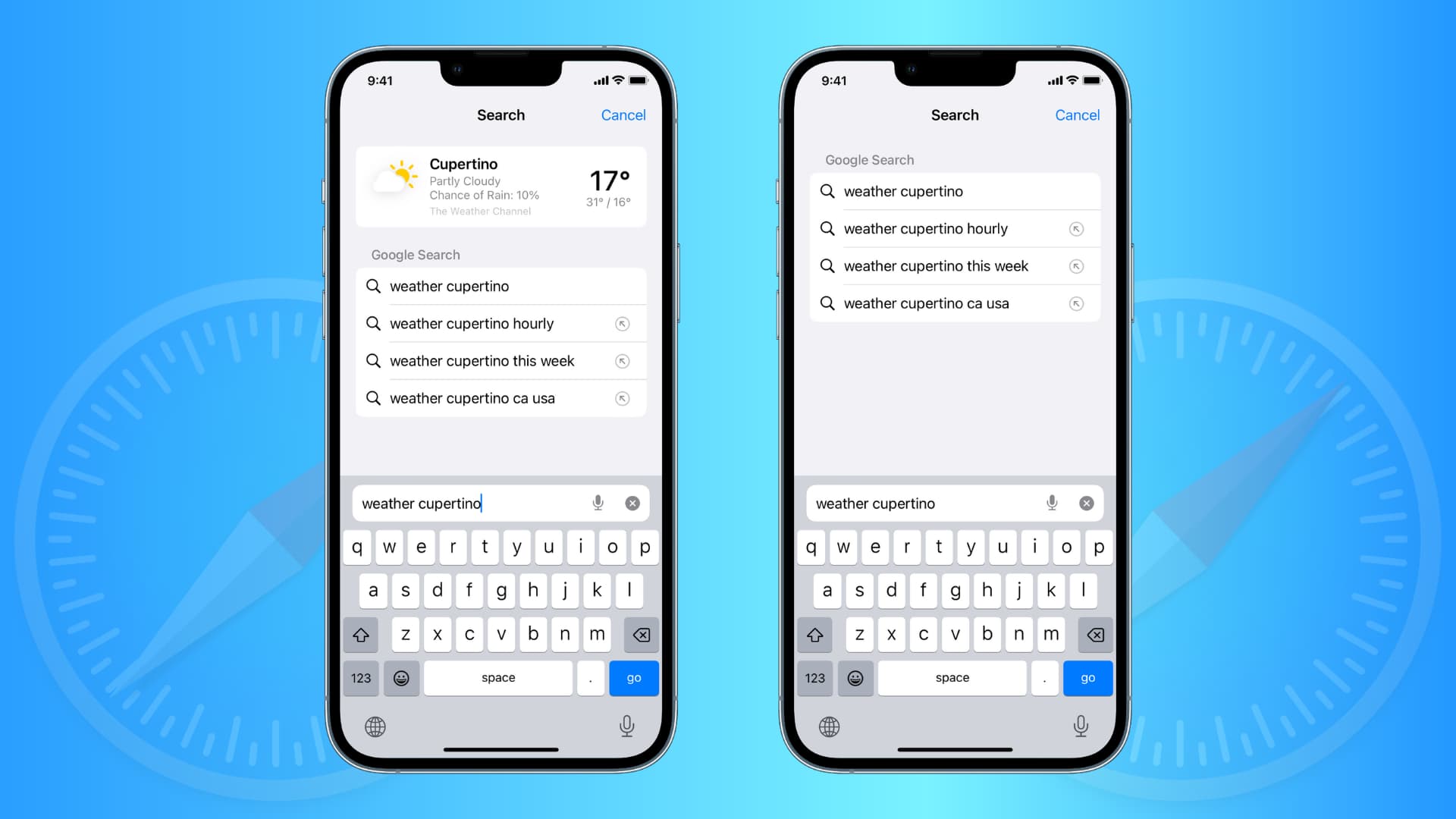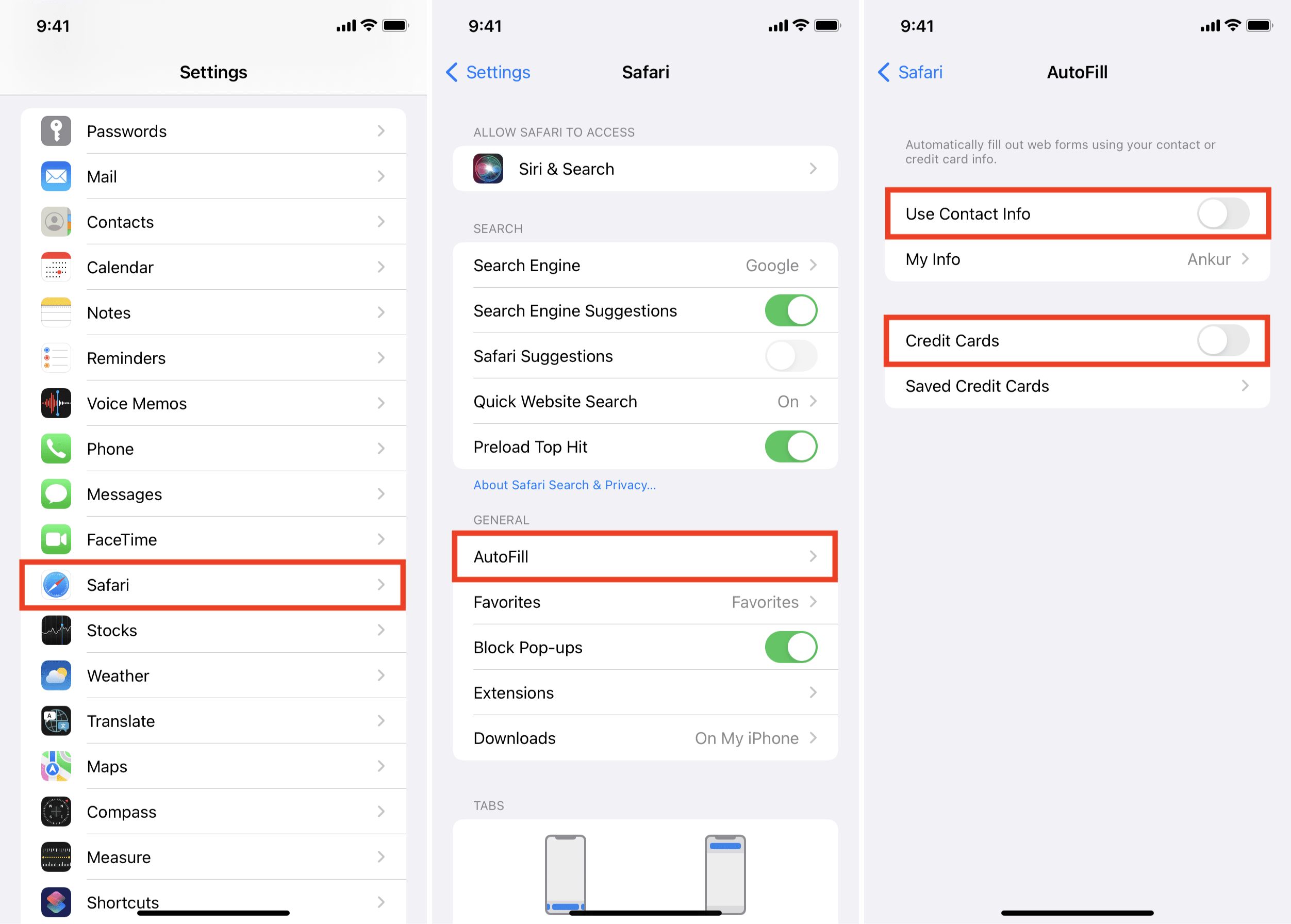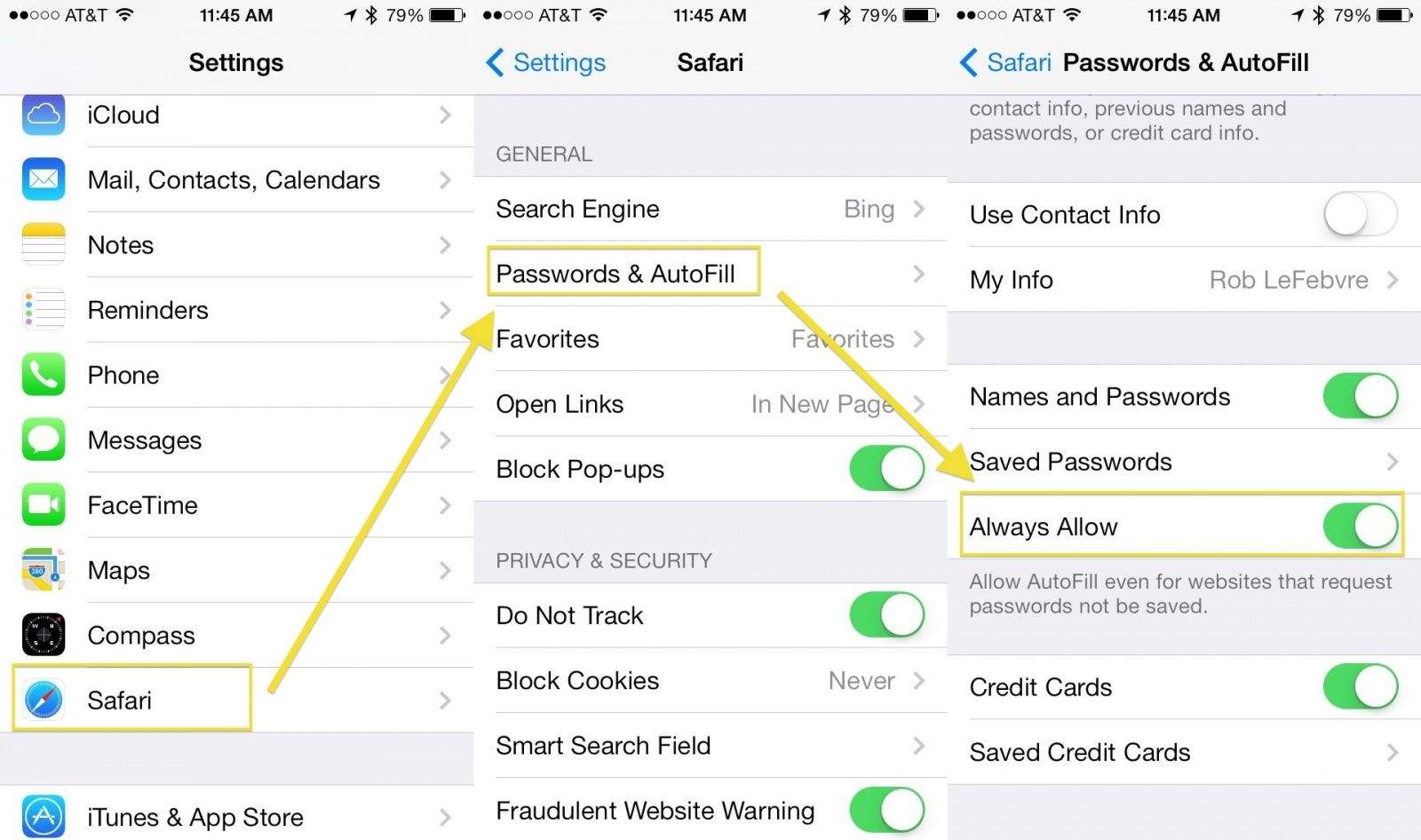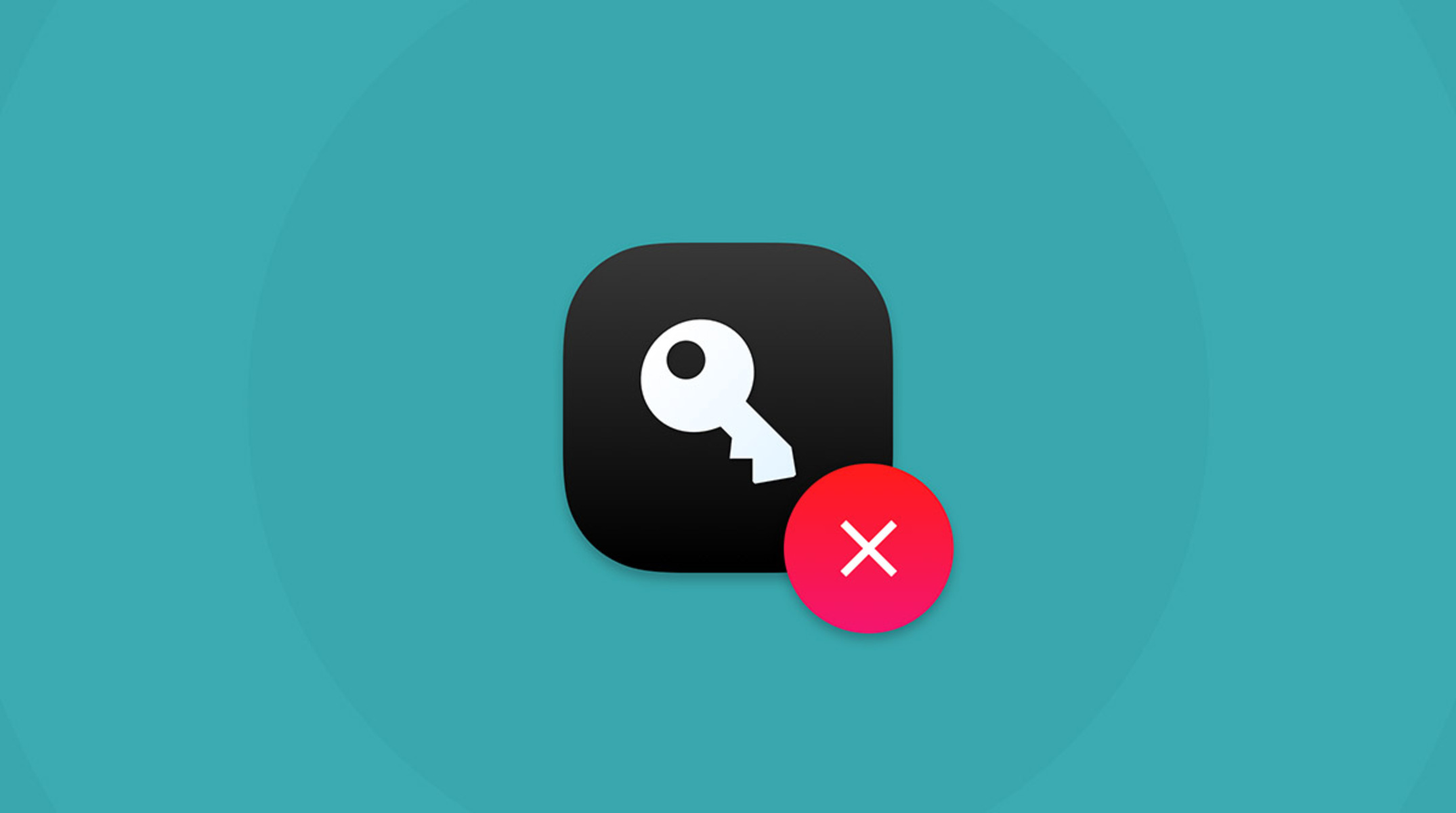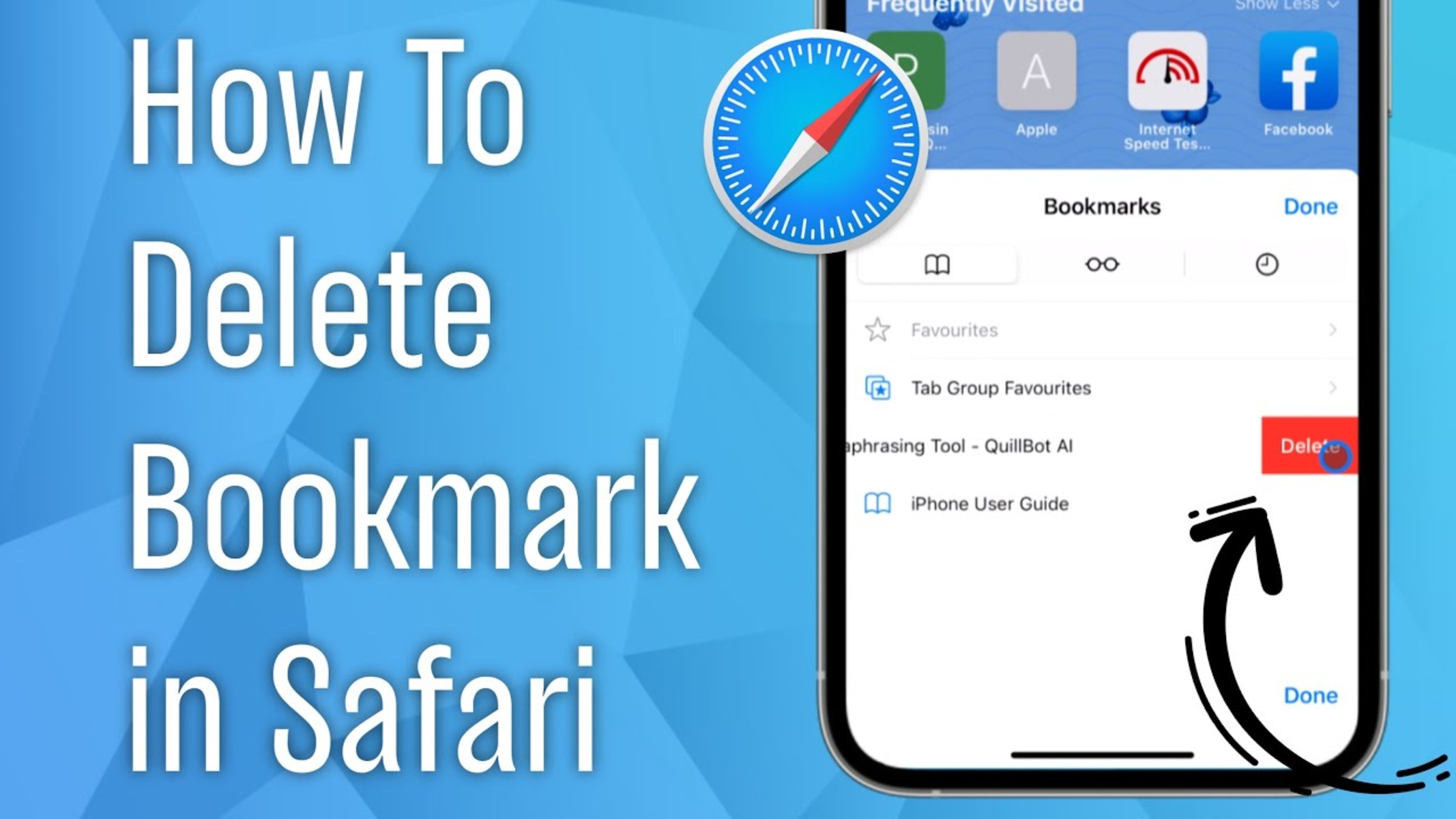Introduction
Safari, the sleek and efficient web browser developed by Apple, offers a seamless browsing experience with its intuitive interface and robust features. However, as we navigate the vast expanse of the internet, our browsing history accumulates, leaving a trail of visited websites. While this can be convenient for revisiting previously accessed sites, there are times when we may want to clear this digital footprint for privacy or organizational purposes.
In this guide, we will delve into the process of deleting websites from Safari, providing you with the knowledge and tools to manage your browsing history effectively. Whether you seek to remove specific websites or clear your entire browsing history, this step-by-step walkthrough will empower you to take control of your browsing data. By the end of this tutorial, you will be equipped with the skills to maintain a tidy and secure browsing environment within Safari.
Let's embark on this journey to uncover the methods for managing your browsing history in Safari, ensuring that your online activities remain private and your browsing experience stays streamlined. Whether you're a seasoned Safari user or a newcomer to this innovative browser, mastering the art of website deletion will elevate your browsing prowess and enhance your digital privacy. So, without further ado, let's dive into the world of Safari browsing history management and unlock the full potential of this exceptional web browser.
Step 1: Open Safari
To initiate the process of managing your browsing history in Safari, the first step is to open the browser on your Apple device. Safari is seamlessly integrated into the macOS and iOS ecosystems, offering a consistent and user-friendly browsing experience across various Apple devices, including Mac computers, iPhones, and iPads.
On a Mac, you can launch Safari by clicking on its icon in the dock or by locating it in the Applications folder. Alternatively, you can use Spotlight Search by pressing Command + Space and typing "Safari" to quickly access the browser.
If you're using an iPhone or iPad, simply tap the Safari icon on your home screen to open the browser. The familiar compass icon represents Safari, serving as a gateway to a world of information, entertainment, and productivity.
Once Safari is launched, you will be greeted by its clean and minimalist interface, designed to prioritize the content of the web pages you visit. The address bar, also known as the Smart Search field, is prominently displayed at the top of the window, allowing you to enter website addresses or search queries with ease.
As you embark on your browsing journey within Safari, you are poised to explore a multitude of websites, each offering a unique blend of information, visuals, and interactivity. However, with this exploration comes the accumulation of browsing history, which may necessitate periodic management to maintain a clutter-free and organized browsing environment.
By mastering the art of opening Safari, you lay the foundation for taking charge of your browsing history and optimizing your digital experience. With Safari at your fingertips, you are ready to venture into the next steps of managing your browsing history, ensuring that your online activities align with your privacy preferences and organizational needs.
Step 2: Access History
Accessing your browsing history in Safari is a fundamental step in the process of managing your web activity. By delving into your browsing history, you gain insight into the websites you've visited, allowing you to selectively remove specific entries or clear your entire browsing history. This level of control empowers you to maintain a tidy and personalized browsing environment within Safari.
To access your browsing history in Safari, follow these simple steps:
-
On Mac:
- Launch Safari on your Mac computer.
- In the top menu bar, click on "History." This action will reveal a dropdown menu containing various options related to your browsing history.
- From the dropdown menu, select "Show All History." This selection will open a new window dedicated to displaying your complete browsing history within Safari.
-
On iPhone or iPad:
- Open Safari on your iOS device.
- Tap and hold the back arrow icon located at the bottom of the screen. This action will unveil your browsing history, allowing you to navigate through the websites you've previously visited.
Upon accessing your browsing history, you will be presented with a chronological list of websites, each representing a unique entry in your browsing journey. This comprehensive view enables you to review your browsing activity and make informed decisions regarding the management of your browsing history.
By seamlessly accessing your browsing history within Safari, you are poised to embark on the next steps of managing your web activity, whether it involves removing specific websites or clearing your entire browsing history. This foundational step sets the stage for a personalized and organized browsing experience, aligning with your privacy preferences and digital lifestyle.
As you navigate through your browsing history, you gain a deeper understanding of your online interactions, allowing you to curate a browsing environment that reflects your interests and priorities. With your browsing history at your fingertips, you are ready to explore the subsequent steps of website deletion and history management, leveraging the full potential of Safari to enhance your digital journey.
Step 3: Delete Individual Websites
In Safari, the ability to delete individual websites from your browsing history provides a tailored approach to managing your web activity. Whether you aim to remove specific entries for privacy reasons or to declutter your browsing history, Safari offers a straightforward method to achieve this level of control.
To delete individual websites from your browsing history in Safari, follow these intuitive steps:
On Mac:
- Launch Safari on your Mac computer.
- Click on "History" in the top menu bar.
- Select "Show All History" from the dropdown menu to reveal your complete browsing history.
- In the history window, locate the specific website entry you wish to delete.
- Right-click (or Control-click) on the website entry to unveil a contextual menu.
- From the contextual menu, choose "Delete" to remove the selected website from your browsing history.
On iPhone or iPad:
- Open Safari on your iOS device.
- Tap and hold the back arrow icon at the bottom of the screen to access your browsing history.
- Navigate through the list of websites and find the entry you want to delete.
- Swipe from right to left on the website entry to reveal the "Delete" option.
- Tap "Delete" to remove the individual website from your browsing history.
By following these steps, you can selectively delete specific websites from your browsing history, allowing you to curate a personalized and organized record of your web activity. This level of granularity empowers you to maintain a tidy browsing history that aligns with your privacy preferences and browsing habits.
As you embark on the journey of managing your browsing history in Safari, the ability to delete individual websites serves as a valuable tool in maintaining a streamlined and private browsing experience. Whether you seek to remove sensitive entries or simply declutter your browsing history, Safari equips you with the means to tailor your web activity to your preferences, ensuring that your digital journey remains personalized and secure.
Step 4: Clear All History
Clearing all history in Safari offers a comprehensive approach to managing your browsing data, allowing you to reset your browsing history to a pristine state. Whether you seek to maintain privacy, free up storage space, or simply start afresh, Safari provides a straightforward method to clear your entire browsing history.
To clear all history in Safari, follow these steps:
On Mac:
- Launch Safari on your Mac computer.
- Click on "History" in the top menu bar.
- Select "Clear History" from the dropdown menu.
- Choose the time range for which you want to clear your history, such as "all history" to remove all browsing data.
- Click "Clear History" to confirm the action.
On iPhone or iPad:
- Open Safari on your iOS device.
- Tap and hold the back arrow icon at the bottom of the screen to access your browsing history.
- Tap "Clear" at the bottom right corner of the history window.
- Select the time range for which you want to clear your history, or choose "all time" to remove all browsing data.
- Tap "Clear History" to confirm the action.
By following these steps, you can effectively clear all history in Safari, ensuring that your browsing data is reset to your desired specifications. This process empowers you to maintain a clean and organized browsing environment, aligning with your privacy preferences and digital lifestyle.
Clearing all history in Safari serves as a pivotal tool in managing your web activity, offering a fresh start and a renewed sense of control over your browsing data. Whether you seek to declutter your history, safeguard your privacy, or optimize your browsing experience, Safari equips you with the means to reset your browsing history with ease and efficiency.
As you navigate the digital landscape within Safari, the ability to clear all history stands as a foundational aspect of maintaining a personalized and secure browsing environment. By leveraging this feature, you can embark on your browsing journey with confidence, knowing that you have the power to manage your browsing history according to your preferences and priorities.







